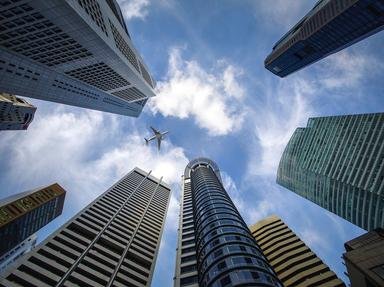Quiz Answer Key and Fun Facts
1. Which large city in the British Isles was founded by the Romans more than 2,000 years ago?
2. Which capital city is located on the southern shores of the Firth of Forth in the United Kingdom?
3. Located in a valley in the Hindu Kush mountains, can you name this capital city?
4. Can you name this major city located on Angola's Atlantic coast?
5. Which capital city of a southern continent has a name that means "Meeting Place"?
6. Bridgetown, the capital of Barbados, was named because the first European settlers found an old existing bridge already in place there. True or false?
7. Can you name this South American capital city located on the Mapocho river?
8. Moroni, the capital of the Union of the Comoros, is situated near which geographical feature?
9. Cayenne, the capital city of French Guiana, was used for which strict purpose for 84 years?
10. This capital city is also known as the "Daughter of the Baltic". What is its more common name?
Source: Author
Creedy
This quiz was reviewed by FunTrivia editor
spanishliz before going online.
Any errors found in FunTrivia content are routinely corrected through our feedback system.


